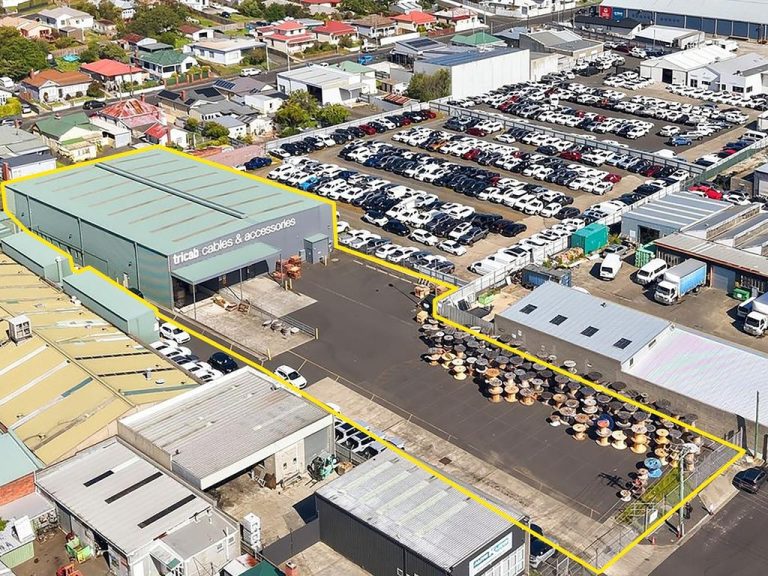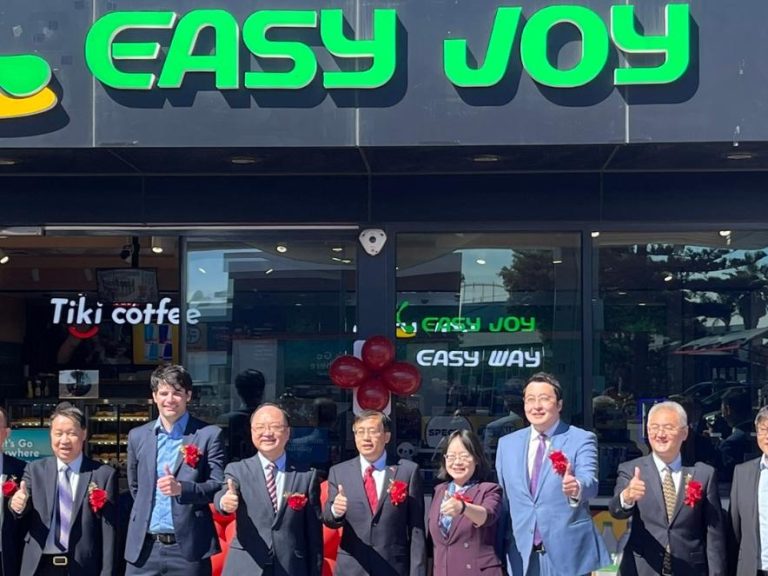Global fast-food giants eye Australia’s next drive-through boom
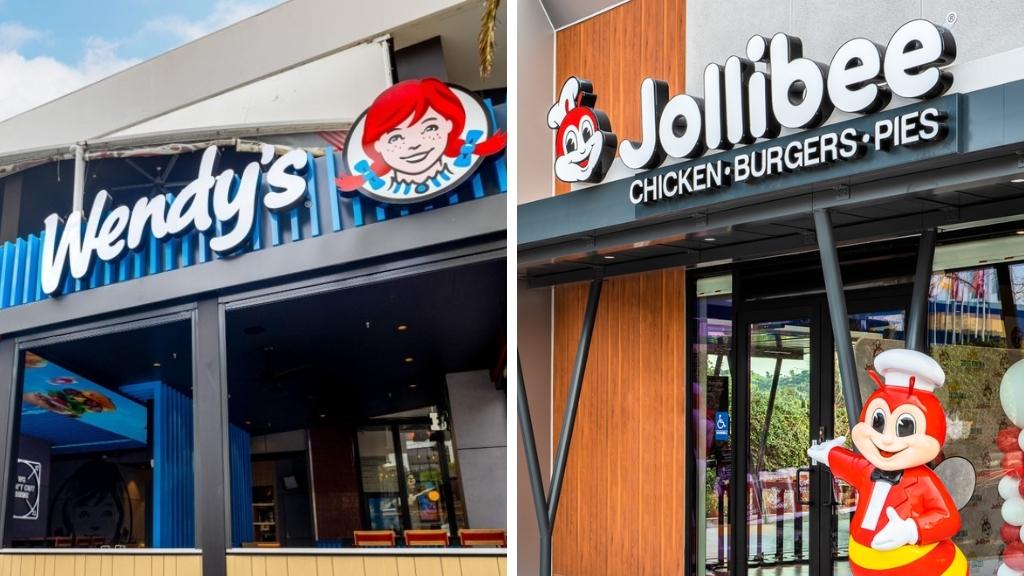
Australia’s drive-through market is on fire as global burger and chicken giants line up for a slice of the action.
Wendy’s, Popeyes, Shake Shack and more are racing to secure prime Australian drive-through sites — and they’re paying record rents to do it.
America’s biggest burger and chicken empires are taking over Australian streets, fuelling an unprecedented quick-service restaurant (QSR) boom that’s reshaping the country’s commercial property market.
Savills retail investment director Rick Silberman said Australia was entering its “peak QSR era”, with global brands competing for a limited supply of corner blocks and developers cashing in.
RELATED: Wendy’s first Melbourne location accidentally revealed
Why these iconic restaurants disappeared
Cult Aus chicken restaurant heads to Melb
“More than ever people are time poor and want to grab dinner on the way home for the family,” Mr Silberman said.
“The drive-through model has proven it’s a winner. Convenience and cost have never mattered more.”
Mr Silberman said operators were paying $250,000 to $400,000 a year in rent for top-tier drive-through’s, putting them on par with major service stations.
“Where you’ve got a main road, 2000 square metres or more, and room for dual-lane drive-throughs, that’s gold,” he said.
“Those sites are fought over.”
The boom is being driven by population growth, social media fanfare, and the success of local operators like Guzman y Gomez that have shown how fast food can become big business.
Wendy’s: The 200-store comeback
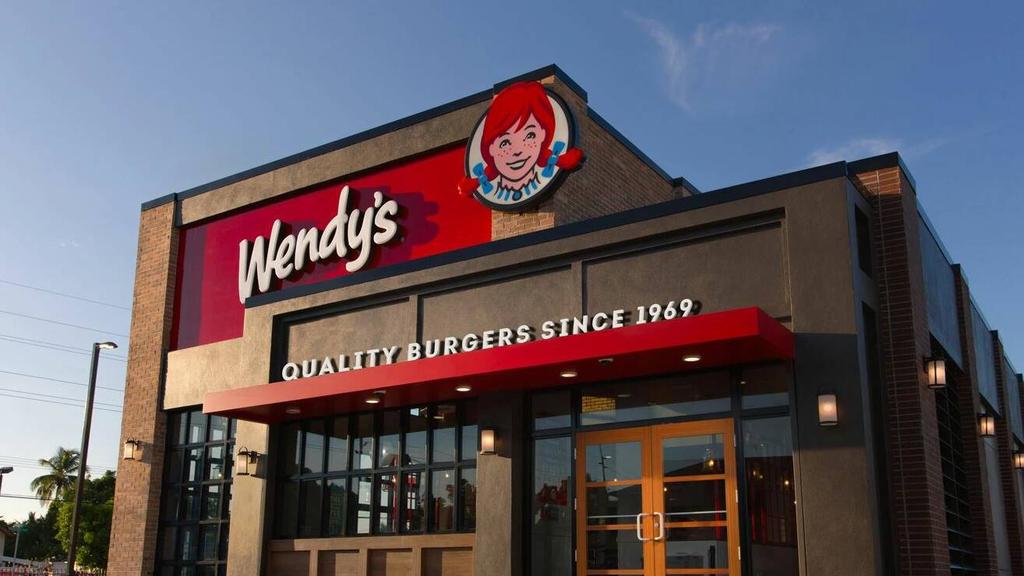
Wendy’s makes a bold comeback with plans for 200 Aussie restaurants under global heavyweight Flynn Group.
After a 40-year hiatus, the American burger icon is back.
Backed by Flynn Group, the world’s largest restaurant franchisee, Wendy’s plans to open 200 stores by 2034 across the country.
The first locations launched on the Gold Coast, in Melbourne’s Bayswater North and a rumoured Manor Lakes restaurant, with more earmarked for suburban growth corridors.
Mr Silberman said Wendy’s would be the “litmus test” for the US fast-food wave.
“If Wendy’s performs, others will double down,” he said.
“It’s the brand everyone’s watching.”
Firehouse Subs: Subway’s new challenger
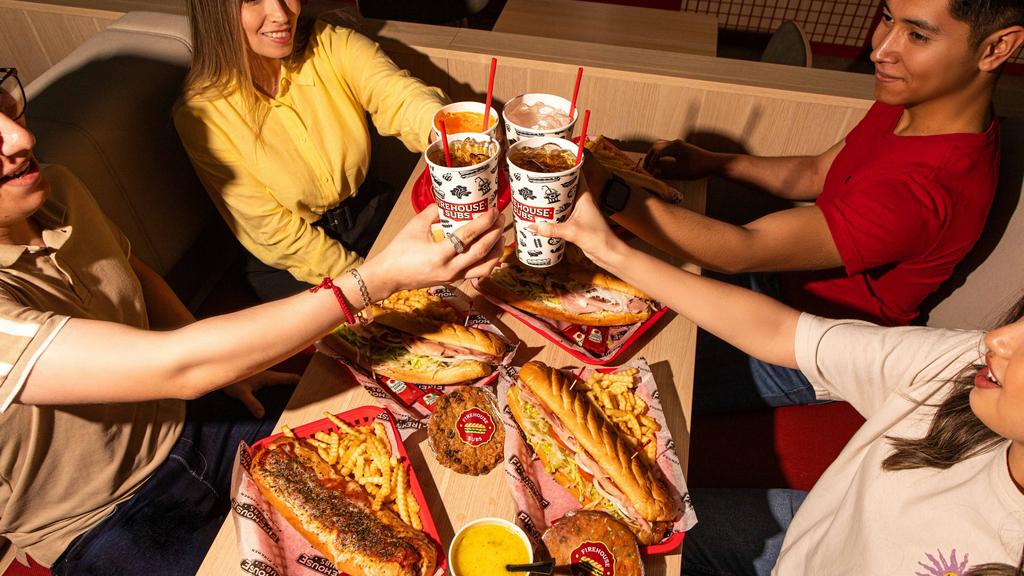
US sandwich chain Firehouse Subs gears up to take on Subway with a fiery 165-store Australian rollout.
Owned by the same parent company as Burger King (Hungry Jacks) and Popeyes, Firehouse Subs is taking direct aim at Subway’s long-running dominance.
Partnering with Retail Food Group, it plans 165 restaurants over the next decade, starting in southeast Queensland.
Its flexible store formats — from strip shops to full drive-throughs — make it one of the most versatile new entrants.
Shake Shack: The premium burger play
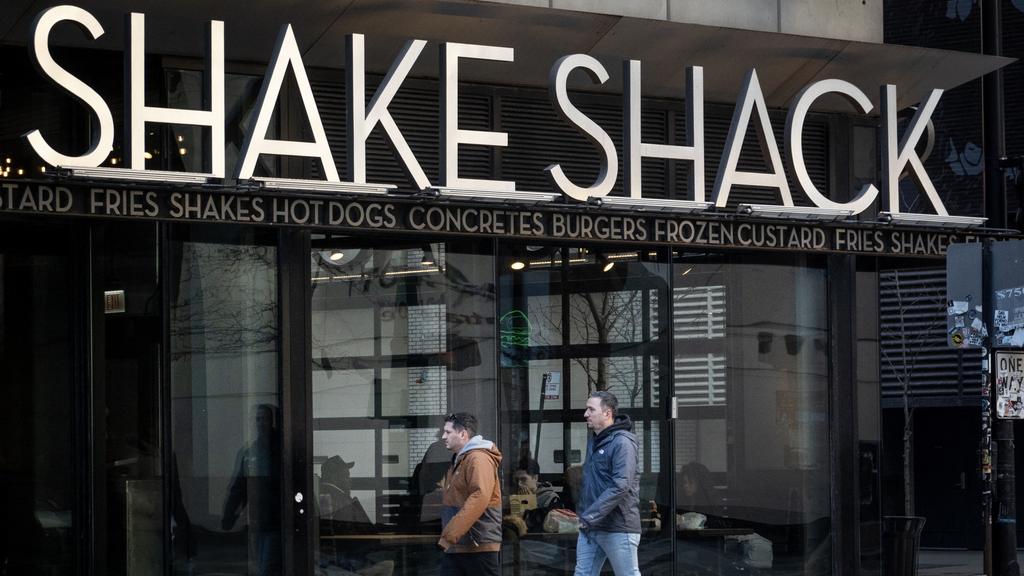
New York icon Shake Shack sets its sights on Sydney and Melbourne as the burger wars heat up. Picture: Scott Olsen
The New York burger institution is targeting Sydney and Melbourne as part of its global rollout, favouring inner-city and mixed-use retail precincts.
Its glossy, “fast-casual” format — somewhere between Grill’d and fine dining — caters to Australians who want convenience with atmosphere.
Retail insiders say Shake Shack’s entry would elevate the country’s burger scene and create a new premium subcategory.
Taco Bell: Lessons learned
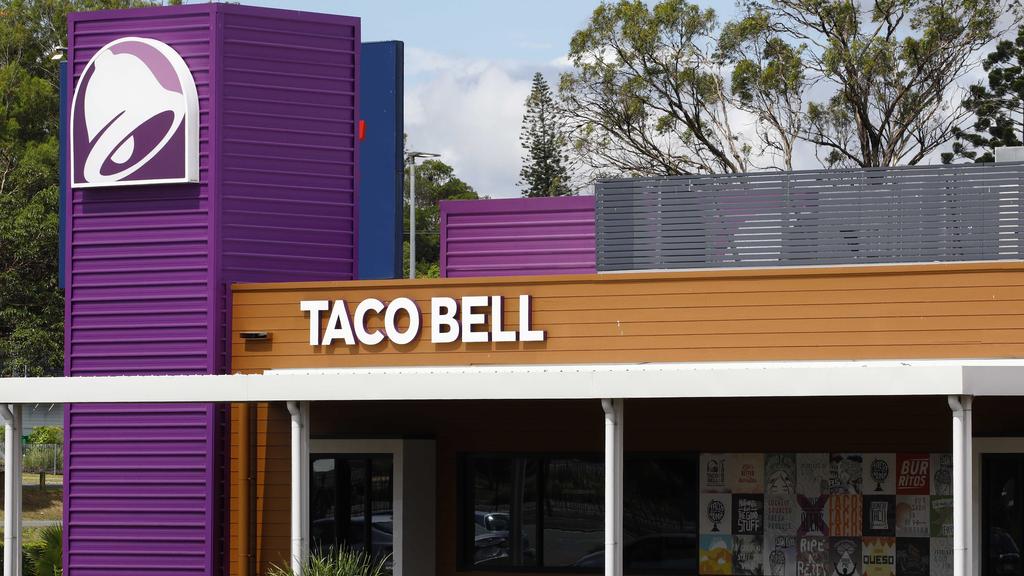
Taco Bell regroups its Aussie strategy after early hype, but the purple brand isn’t done yet. Picture: NCA NewsWire/Tertius Pickard
After an energetic start, Taco Bell has slowed its expansion as head office takes direct control of its local network.
Mr Silberman said it wasn’t failure, just a failed strategy.
“When a brand restructures, we assume it’s flopped,” he said.
“But Taco Bell sits in true fast food, while GYG’s menu offers a fresher, broader appeal.
“There’s room for both.”
Flappy’s: Melbourne’s homegrown disrupter
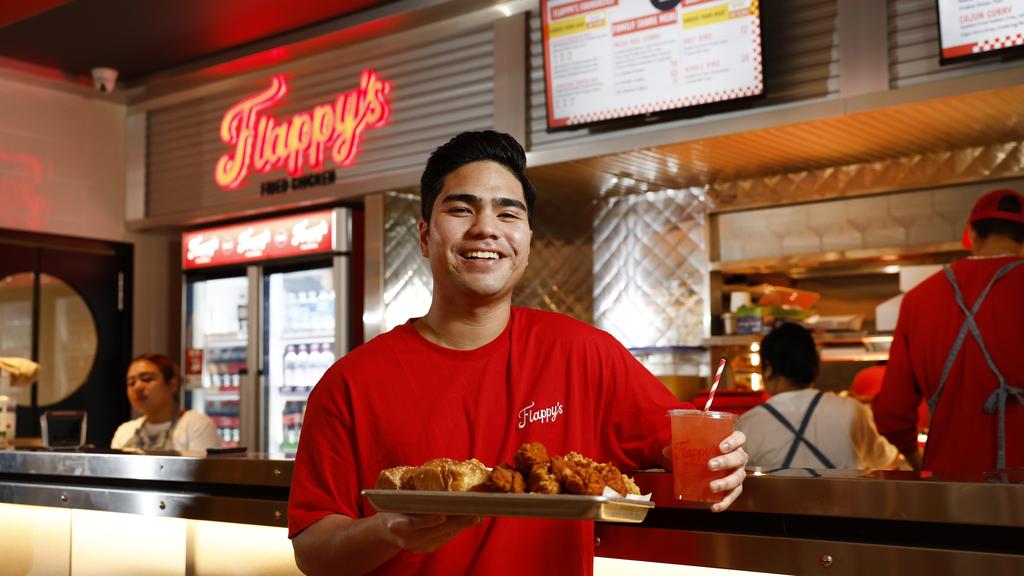
Australia’s own Flappy’s Fried Chicken proves local legends can still ruffle feathers in a global market. Picture: Richard Dobson
Born in New South Wales, Flappy’s Fried Chicken is quietly building a loyal following.
Now the local brand is scouting drive-through sites of its own, betting that suburban convenience can match multinational marketing.
Industry insiders see Flappy’s as proof that nimble local players can thrive alongside global titans.
Auntie Anne’s: The pretzel empire
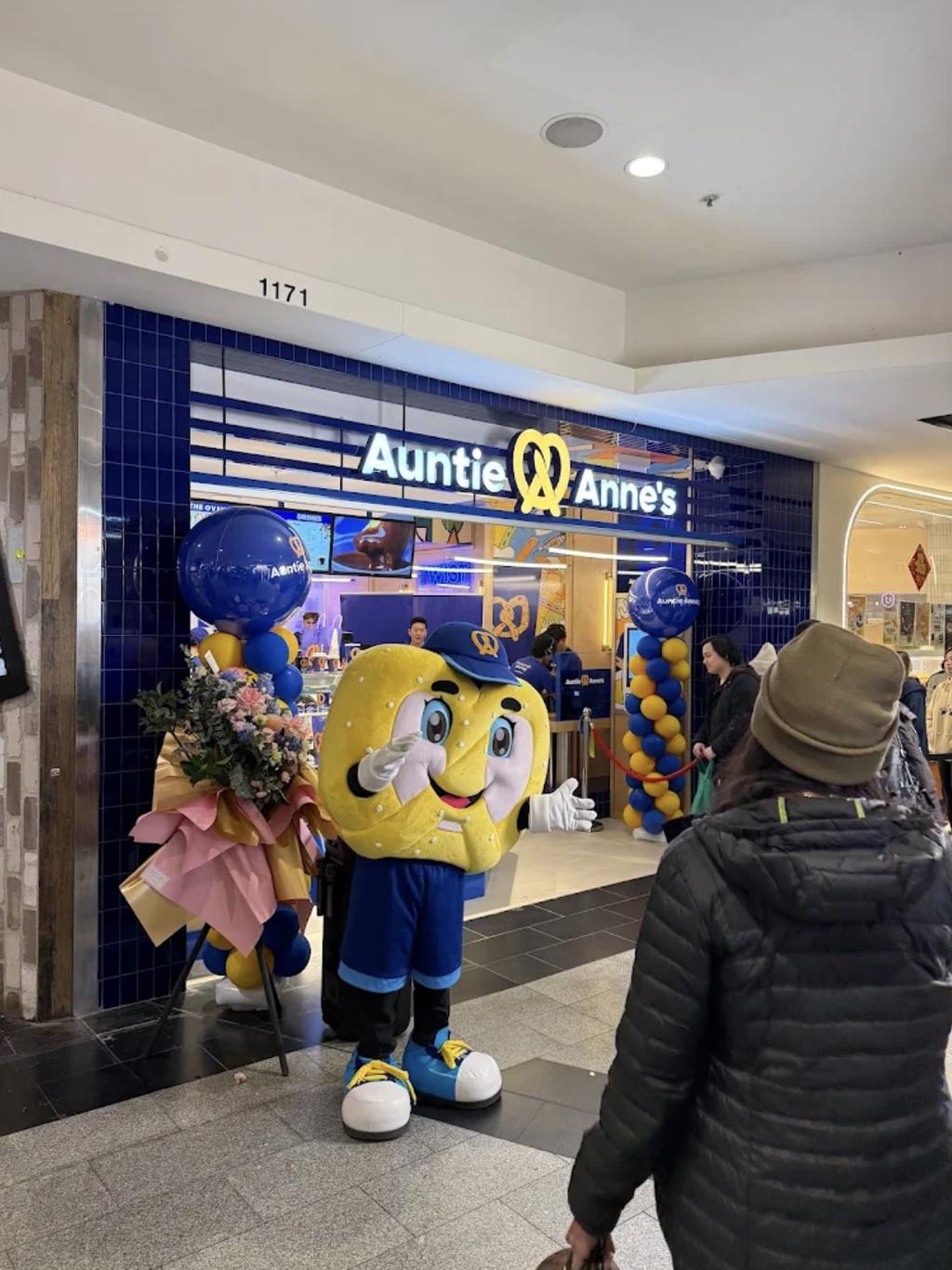
American pretzel queen Auntie Anne’s twists into Aussie malls and train stations with bite-size ambition.
The American pretzel chain has opened its first Australian outlets at Westfield Parramatta and the Queen Victoria Building in Sydney.
With plans for 60 stores, the brand is chasing high-pedestrian-traffic zones like transport hubs and entertainment venues, using compact kiosks as small as 10 square metres.
Its arrival signals the growing appetite for snack-driven, impulse-buy fast food beyond burgers and fries.
Chuck E. Cheese: The ‘eatertainment’ experiment
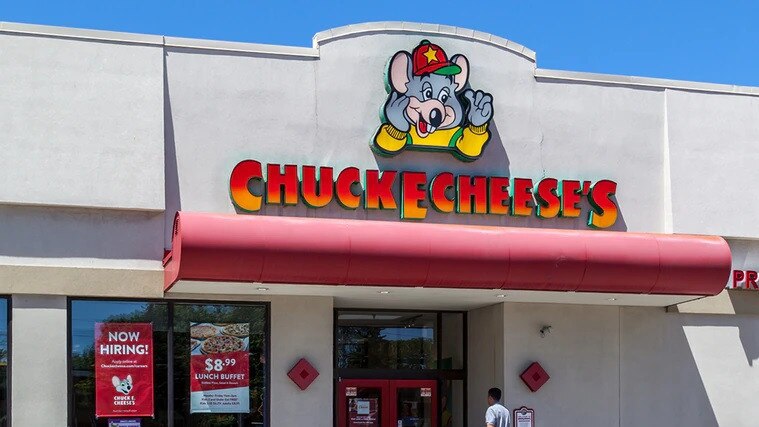
Chuck E Cheese is coming to Australia.
The family-friendly pizza and arcade giant has opened in Perth’s Joondalup under Royale Hospitality Group.
Its large-format venues — up to 1500sq m — combine dining and entertainment in a single space, creating a new kind of suburban anchor tenant for landlords.
Developers see it as a potential foot-traffic magnet for retail and leisure parks.
Popeyes: The fried chicken juggernaut
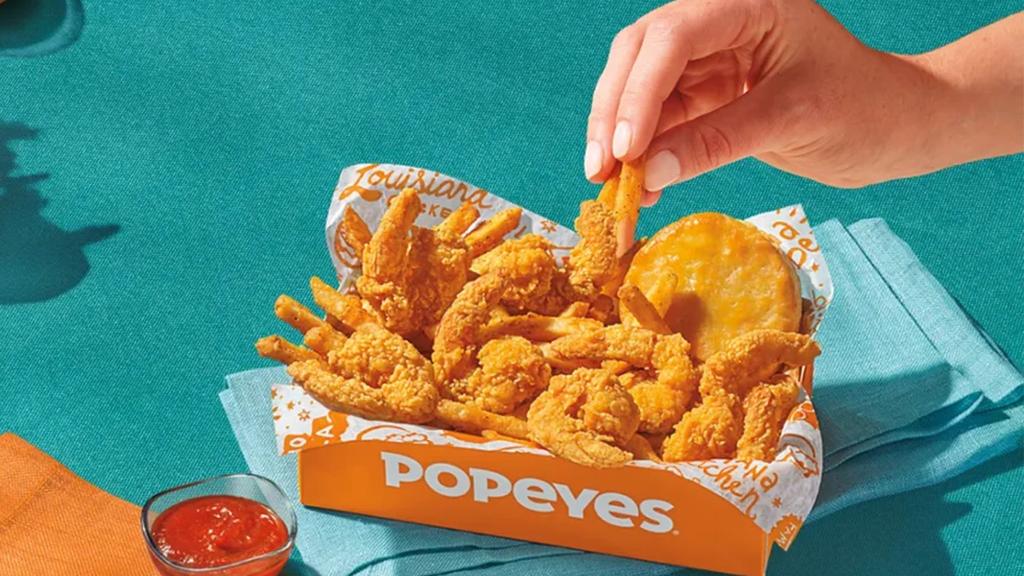
Popeyes is coming to Australia.
The Louisiana-based chain, famous for its crispy chicken sandwiches, is gearing up for an Australian debut after a successful New Zealand launch.
Parent company Restaurant Brands International has called Australia a “significant potential market” and is already scouting corner sites with 40,000+ daily traffic counts.
Popeyes’ arrival would spark a direct showdown with KFC and El Jannah in the southern fried chicken stakes.
Jollibee: Asia’s fried chicken powerhouse
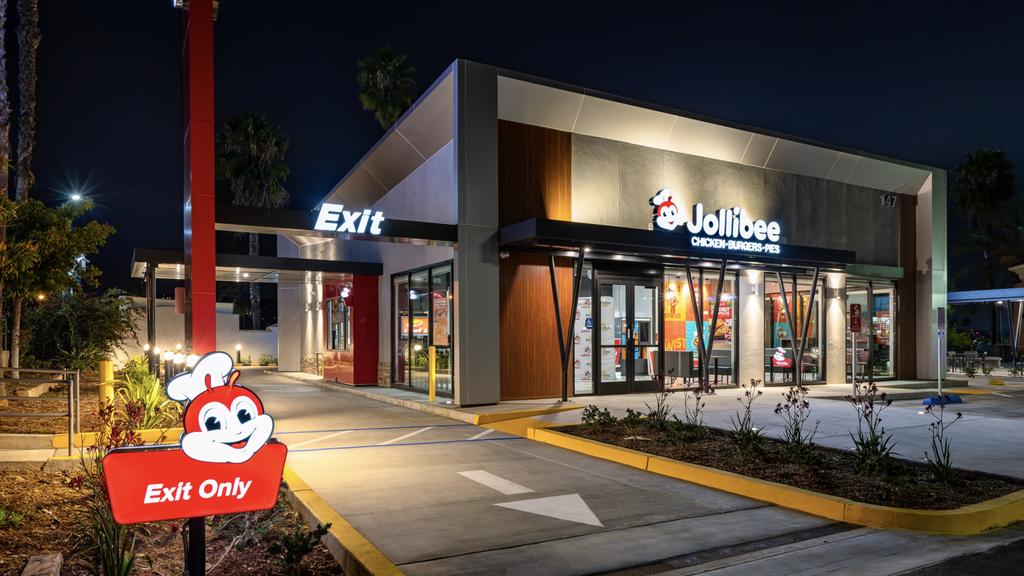
Jollibee Picture: Chipman Design Architecture
Asia’s biggest fast-food name, the Filipino-born Jollibee, plans to open its first Australian store by 2026.
Its initial focus is New South Wales suburbs with strong Filipino communities before expanding to Melbourne and beyond.
The chain’s crossover success overseas — from Dubai to the US — suggests it could become the next cult favourite on Australian shores.
Guzman y Gomez: The Aussie homegrown benchmark
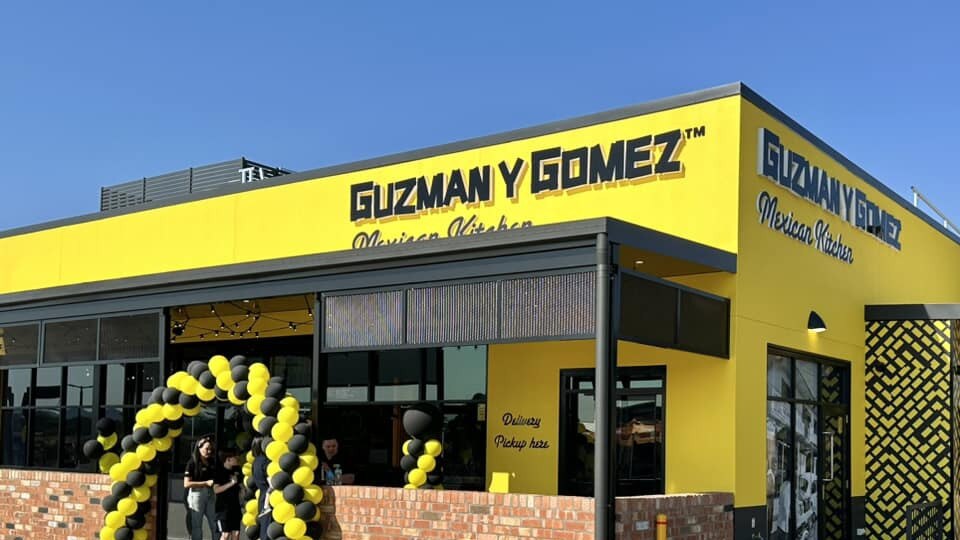
The Guzman Y Gomez store at Ripley, Ipswich.
Australia’s homegrown Mexican giant is the case study every newcomer studies.
“GYG’s success proved the Australian drive-through market works,” Mr Silberman said.
With more than 200 restaurants and an ASX debut this year, the chain has become a symbol of convenience culture.
Its rapid rollouts have inspired a new wave of global arrivals chasing the same model, affordable meals, minimal wait times, and all from the driver’s seat.
The property boom behind the chains
Mr Silberman said the real winners of the fast-food frenzy were property owners.
“The tenants who can pay the highest rent are the ones developers want,” he said.
“GYG and El Jannah are top of that list, but the next wave, Wendy’s, Firehouse, Popeyes, are right behind them.”
The Savills retail investment director said many operators now preferred ground leases, where they fund and build their own stores.
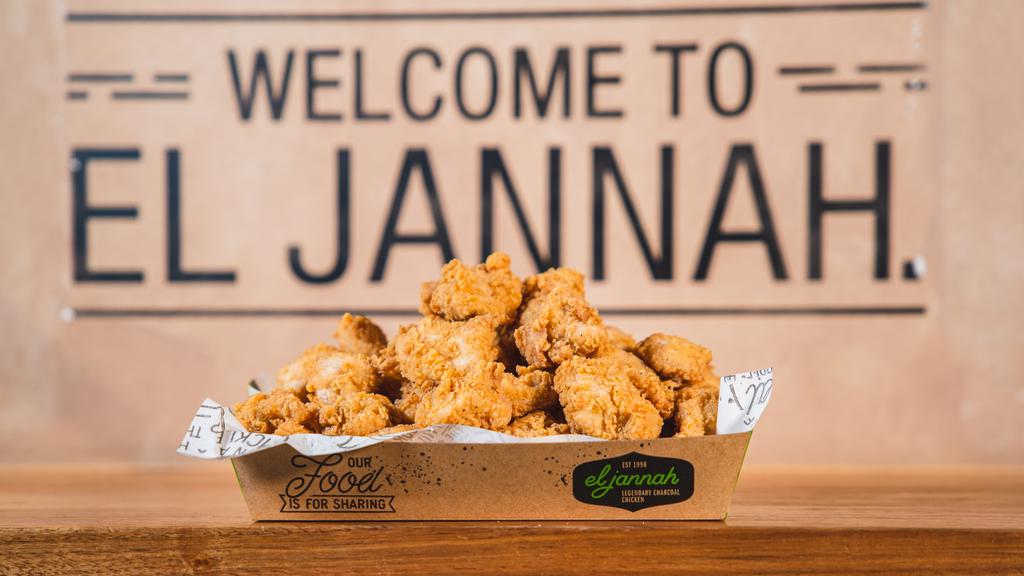
El Jannah are top of that list.
“It removes construction risk for landlords and guarantees a blue-chip tenant for 15 or 20 years,” Mr Silberman said.
“The Covid-era demand for drive-through convenience hasn’t faded, it’s become the foundation of a billion-dollar property boom.
“This is just the beginning of Australia’s fast-food land rush.”
Sign up to the Herald Sun Weekly Real Estate Update. Click here to get the latest Victorian property market news delivered direct to your inbox.
MORE: Buyer splashes $17m on major South Melb site
Why the Lions have already beaten the Cats
‘Shocked’: Block stars’ ‘gross’ text exchange
david.bonaddio@news.com.au

